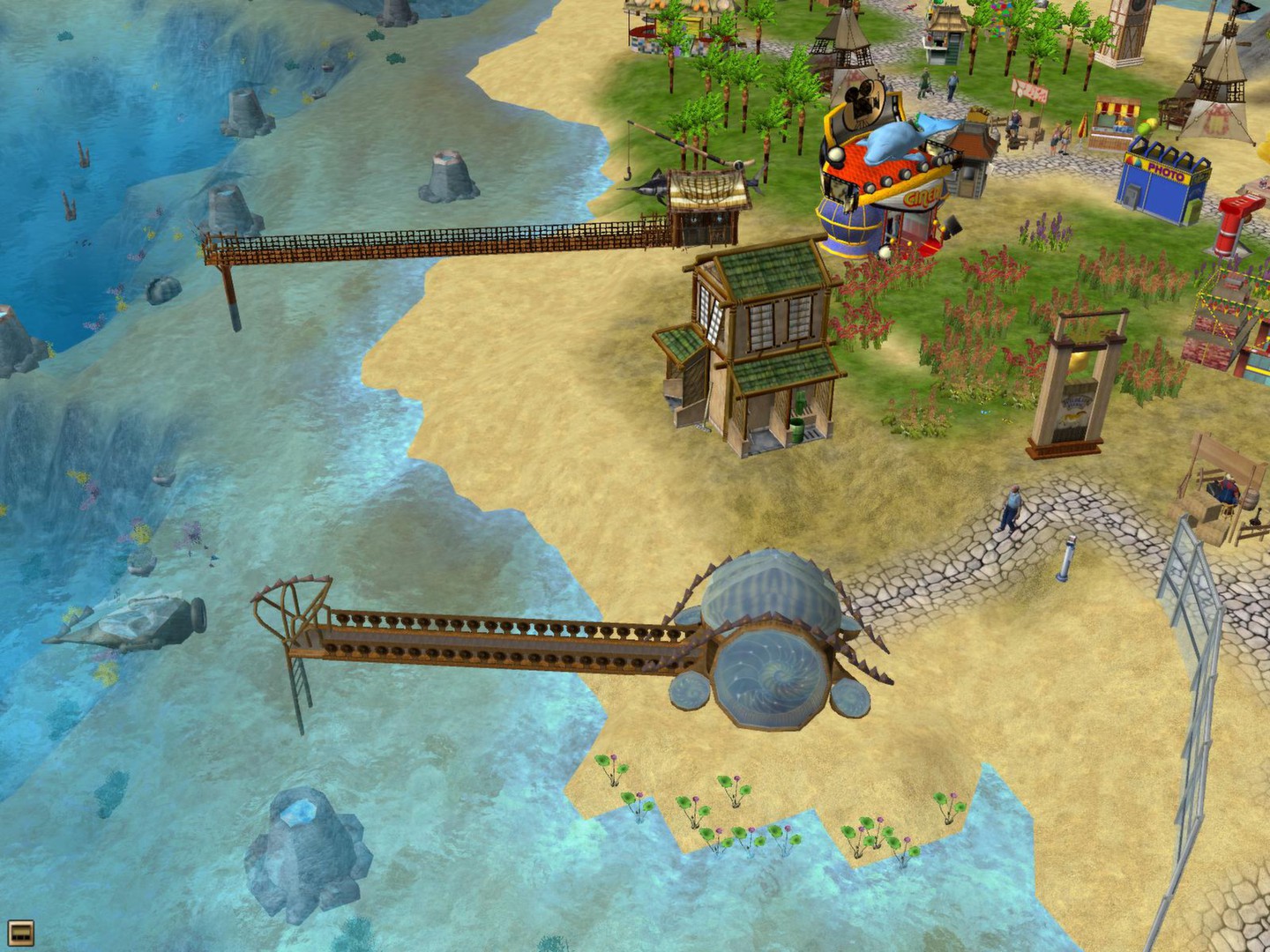Wildlife Park 2 Farm World Pc Solutions

If you have issues with starting or playing Wildlife Park 2: Farm World on the PC, in this handy tech issues Wildlife Park 2: Farm World solving guide we have general solutions to many problems encountered by gamers. Special thanks to the Park Foundation, Lava Lake Institute and Lava Lake. And Wolves: A Guide to Nonlethal Tools and Methods to Reduce Conflicts. Solutions devised by livestock producers, agency managers. Loudspeakers and an internal computer that collects and stores. See your local Farm Services.
The is an 845 MW wind farm in the U.S. A wind farm or wind park is a group of in the same location used to produce electricity. A large wind farm may consist of several hundred individual wind turbines and cover an extended area of hundreds of square miles, but the land between the turbines may be used for agricultural or other purposes. A wind farm can also be located offshore. Many of the largest operational onshore wind farms are located in China, India, and the United States.
For example, the, in China has a capacity of over 6,000 as of 2012, with a goal of 20,000 MW by 2020. As of September 2018, the 659 MW in the UK is. Individual wind turbine designs continue to increase in power, resulting in fewer turbines being needed for the same total output. Map of available wind power over the United States. Color codes indicate wind power density class The location is critical to the success of a wind farm.
Conditions contributing to a successful wind farm location include: wind conditions, access to electric transmission, physical access, and local electric prices. The faster the average windspeed, the more electricity the wind turbine will generate, so faster winds are economically better for wind farm developers. The balancing factor is that strong gusts and high turbulence require stronger more expensive turbines, otherwise they risk damage. The ideal wind conditions would be strong steady winds with low turbulence coming from a single direction. Usually sites are screened on the basis of a, and validated with wind measurements. Wind data alone is usually not sufficient for accurate siting of a large wind power project. Collection of site specific data for wind speed and direction is crucial to determining site potential in order to finance the project.
Local winds are often monitored for a year or more, and detailed wind maps are constructed before wind generators are installed. Part of the,, United States with a turbine under construction The wind blows faster at higher altitudes because of the reduced influence of drag. The increase in velocity with altitude is most dramatic near the surface and is affected by topography, surface roughness, and upwind obstacles such as trees or buildings.
How closely to space the turbines together is a major factor in wind farm design. The closer the turbines are together the more the upwind turbines block wind from their neighbors. However spacing turbines far apart increases the costs of roads and cables, and raises the amount of land needed to install a specific capacity of turbines.
As a result of these factors, turbine spacing varies by site. Generally speaking manufacturers require 3.5 times the rotor diameter of the turbine between turbines as a minimum. Closer spacing is possible depending on the turbine model, the conditions at the site, and how the site will be operated. [ ] Onshore installations [ ].